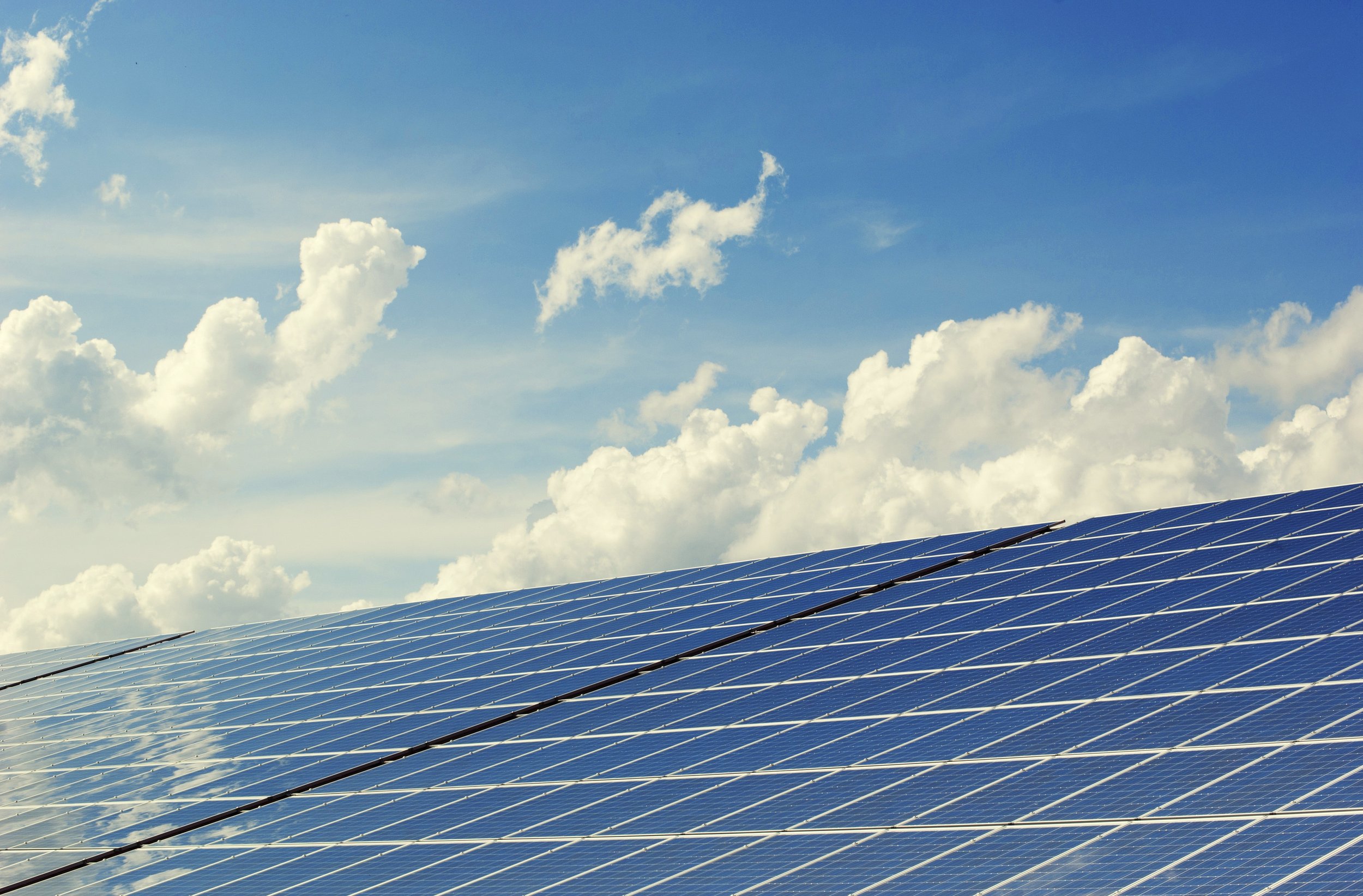Uzbekistan's Groundbreaking Green Hydrogen-Wind Plant Paves the Way
Central Asia is making strides in combating climate change with the construction of its first green hydrogen-wind plant in Uzbekistan. The project, led by Saudi company ACWA Power and Chinese state-owned firm PowerChina, will use wind energy to produce 3,000 metric tons of green hydrogen annually, reducing the need for polluting natural gas in ammonia fertilizer production. This initiative, part of China's Belt and Road Initiative, promises a cleaner environment, job creation, and cost savings for Central Asian communities.
It showcases the potential of global cooperation in promoting sustainability and cleaner energy choices. Such collaborative renewable solutions demonstrate the economic, social, and environmental benefits that can arise when nations work together for a cleaner future. Uzbekistan's Deputy Minister of Investment, Industry, and Trade, Sarvar Khamidov, emphasized the transformative potential of green hydrogen in positioning Uzbekistan as a regional leader in the green economy.
Read more about this at Yahoo News >
WHY IS THIS IMPORTANT FOR MY INDUSTRY?
We're looking at an eco-friendly alternative fuel source. With the transportation sector moving towards greener energy, green hydrogen could be a game-changer in reducing emissions from our vehicles. By diversifying our energy sources with green hydrogen, we're increasing our energy security. It's like having more backup plans and less reliance on fossil fuels means we're less vulnerable to energy supply problems. Phew!
Sustainability is obviously a big deal in our industry. Green hydrogen production is a step towards a more sustainable supply chain. It's not just about reducing our carbon footprint; it's also about building a more resilient supply chain and a better reputation for our companies. Working together on sustainable solutions can make a big impact, even in our globalized logistics world. Plus, it aligns with stricter environmental rules that governments worldwide are putting in place.
🔥 OUR HOT TAKE?
While the construction of Uzbekistan's green hydrogen-wind plant may seem like a commendable step towards sustainability, it raises questions about the true motivations behind China's Belt and Road Initiative. This initiative has often been criticized for promoting China's economic and political interests under the guise of environmental cooperation.
One could argue that China's involvement in this project might be driven by a desire to expand its influence in Central Asia rather than a genuine commitment to combat climate change. The reliance on Saudi and Chinese companies may also raise concerns about the transparency and environmental standards of the project.
Let’s just say this: the emphasis on job creation and cost savings should not overshadow potential environmental risks associated with green hydrogen production. It's essential to critically assess the environmental impact of such projects, including the carbon footprint of hydrogen production and the long-term sustainability of ammonia fertilizer production.
Some have suggested that covering the Sahara Desert with solar panels could harness its abundant sunlight and provide a vast, sustainable energy source.
Imagine it's 2024 and the U.S. is on the brink of a modern-day gold rush, but this time, it's all about a new, clean energy source buried right beneath us—geologic hydrogen.
Environmental organizations in California are gearing up for a significant legal battle as the state Supreme Court agrees to hear their case against recent adjustments to the solar compensation rules.
In the vast salt deserts of western India, a colossal energy project is underway, transforming barren landscapes into a renewable energy powerhouse.
Dr. Dan McKorley, Executive Chairman of McDan Group, encouraged the salt industry to adopt more sustainable transportation and logistics practices for a greener future.
Danish investors in DSV are pressing the logistics giant regarding environmental, social, and governance aspects of its $10 billion joint venture in Saudi Arabia, supporting the Neom mega-city project.
A recent nationwide analysis by USA TODAY uncovers a concerning trend that could hinder the United States' clean energy objectives: local governments are outpacing the construction of new utility-scale wind and solar power by imposing bans on such projects.
In Keyser, West Virginia, Sheila Wagoner, like many, isn't fond of the new wind farm dominating the skyline.
In September 2022, Hawaii shut down its sole coal power plant as part of its goal to achieve entirely clean electricity by 2045.
Central Asia is making strides in combating climate change with the construction of its first green hydrogen-wind plant in Uzbekistan.
In a legal move, a federal judge is being urged to issue a halt on construction for a $10 billion transmission line that is intended to carry wind-generated electricity from a remote area in southeastern Arizona to customers as distant as California.
On New Year's Day, the Port of Virginia achieved a significant milestone by becoming the first U.S. East Coast seaport to operate entirely on 100% clean power, accomplishing its goal well ahead of the planned 2032 timeline.
Developers of the proposed offshore wind farm near Long Beach, Long Island, announced the termination of the Empire Wind 2 project due to economic challenges - including inflation, increased interest rates, and supply chain disruptions.
There is a new company on the block called Airloom Energy, a wind energy startup supported by Bill Gates.
The U.S. offshore wind industry is experiencing both challenges and progress in 2023.
The U.S. offshore wind industry is looking to rebound in 2024 after a challenging year in 2023, marked by project cancellations and financial write-offs.
Ocean Infinity, an ocean robotics firm, has entered into a contract with Equinor Wind US LLC to conduct a comprehensive site investigation survey off the coast of Morro Bay, California.
A new report by experts in human rights and the solar industry has raised concerns about the solar supply chain's lack of transparency amid human rights issues.
Connecticut's commitment to becoming zero emission by 2035 stems from a growing recognition of the urgent need to address climate change and its adverse effects on the environment and public health.
The US climate law, the Inflation Reduction Act (IRA), which passed one year ago, has accelerated the adoption of clean energy technology in the country.
The International Maritime Organization (IMO) has announced new global emission-reduction targets, but the ambiguity surrounding the means to achieve these targets is expected to limit new ship ordering.
Environmentalists express disappointment with the outcome of the 80th session of the Marine Environment Protection Committee (MEPC) held by the International Maritime Organisation (IMO), as revised targets for reducing greenhouse gas (GHG) emissions fall short of what is deemed necessary to combat climate change.
Enphase, a leading solar microinverter company, has commenced production of its IQ8 microinverter at a factory in West Columbia, South Carolina.
Spain is investing billions of euros to produce and distribute green hydrogen, aiming to become Europe's hub for clean energy.
The California Transportation Commission (CTC) has granted $42 million to the Port of Oakland for its Green Power Microgrid Project.
As solar capacity in California continues to grow, grid operators are facing challenges related to the "duck curve."
U.S. Transportation Secretary Pete Buttigieg visited the port of Yokohama in Japan and emphasized the importance of establishing "green shipping corridors" to reduce carbon emissions in the shipping industry.
Researchers at the Lawrence Berkeley National Laboratory propose using electric batteries on freight trains to support the power grid during spikes in energy demand.





























Tesla Inc. is making headlines again, this time for rehiring members of its Supercharging team, including key manager Max de Zegher, following a surprising round of layoffs initiated by CEO Elon Musk last month.